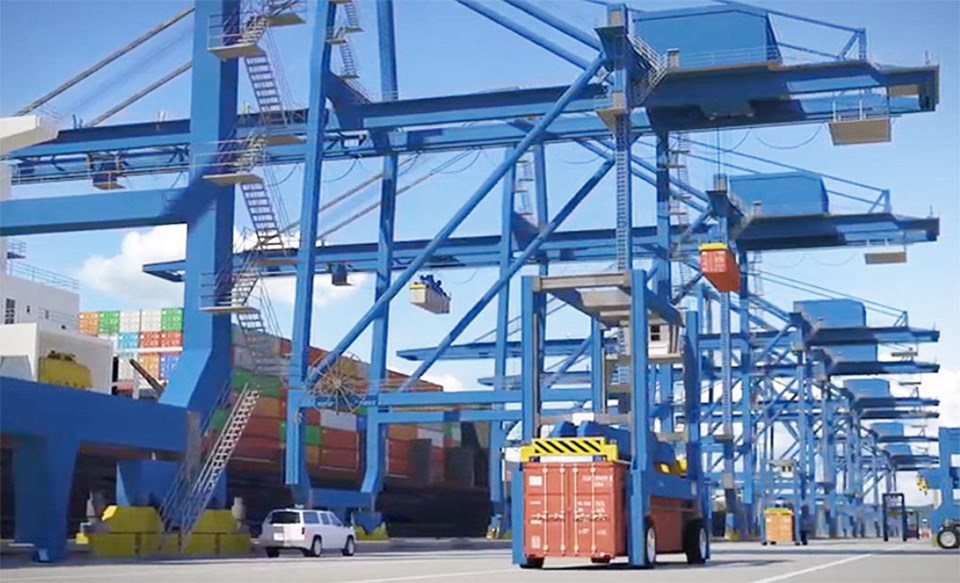It’s an application that’s been winding its way through an extensive process for a decade, ending today (Thursday) with a positive announcement for the Vancouver Fraser Port Authority.
The federal government announced that the proposed Roberts Bank Terminal 2 (RBT2) project in Delta has finally been approved, with a lengthy list of conditions attached.
Port president and CEO Robin Silvester said the decision comes as Canada’s container trade remains on a long-term growth trajectory, with west coast marine container terminals forecast to hit capacity by the mid- to late-2020s.
“With this approval, we can advance one of Canada’s most important trade infrastructure projects to date, bolster our national supply-chain resilience, and deliver generational economic benefits for Canadians and Canadian businesses,” said Silvester in a news release. “I'd like to thank Indigenous and local communities, scientists, industry, chambers of commerce, and all tiers of government, who have played such an important role in shaping the project to date."
The project has been designed in a way that ensures it aligns with work toward the vision to make the Port of Vancouver the world’s most sustainable port, including protecting and enhancing the natural environment and reflecting Indigenous priorities, said Judy Rogers, port authority board chair.
The port authority says it will continue to work closely with Indigenous groups on environmental mitigation and training, employment, contracting opportunities, as well as providing benefits through the Indigenous Legacy Benefit Fund and signed agreements with 26 Indigenous groups.
Besides enabling Canada’s growing trade, additional container terminal capacity at the Port of Vancouver will strengthen national supply-chain resilience, by creating additional “buffer” to handle cargo surges, such as those experienced through the pandemic, and support recovery from weather-related disruptions, such as the severe flooding that B.C. experienced in late 2021 that contributed to port cargo backlogs well into 2022, according to the port.
The project will deliver substantial economic benefits, including more than 18,000 jobs during construction, more than 17,300 ongoing jobs, an estimated $3 billion in GDP annually once built, and $631 million in tax revenue to support services for Canadians, the port adds.
Silvester told the Optimist in his most recent interview that container volumes have shown an urgent need to expand capacity.
“From a point of view of capacity planning at the port, it’s actually kind of scary because we can’t build capacity that quickly…If we see this sort of surge in volume, we can’t build capacity to this sort of surge in volume as rapidly as it’s needed,” Silvester said.
He added that getting the new facility built would be another lengthy process with construction likely to begin in 2026 and ready for operation by the early 2030s.




